Did You Know?
The Jefferson County Communications Center annually processes more than:- 134,000 phone calls
- 62,000 computer-aided dispatch (CAD) entries
- 665,000 radio transmissions monitored over
various radio frequencies - 88,000 NCIC transactions
(National Crime Information Center)
The Jefferson County Communications Center is staffed with highly trained emergency communications specialists who process police, fire, and medical-related emergencies.
-

-
 >
>
-
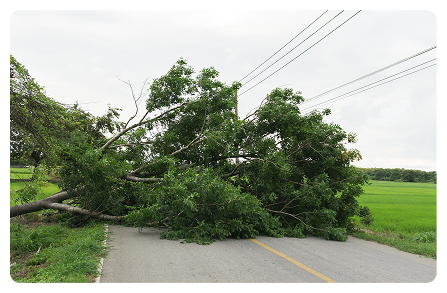 >
>
-
 >
>
Operations
The Jefferson County 9-1-1 Emergency Communications District is funded by telephone user fees with local contributions from Jefferson County Government for the district’s operations and is governed by the Tennessee Emergency Communications Board (TECB).
Along with dispatch services, the district provides and maintains all hardware and software for the county-wide, state-of-the-art Computer Aided Dispatch (CAD) system, which includes GIS Mapping and Automatic Vehicle Location (AVL) technology. In addition, it maintains the CAD Geographical Information System (GIS).
Staff

Justin Crowther
Executive Director-
Director Justin Crowther oversees the overall operations and financial position of Emergency Communications 9-1-1 District. He has been employed in public safety since 2000, starting his career in law enforcement. Emergency communications has always been an interest, and he was appointed to the director’s position in 2012.
Crowther has a bachelor’s degree in business administration from King University and an associate degree in public safety law enforcement from Walter State Community College.
-
He is an Emergency Number Professional (ENP) and has the Center Manager Certification Program (CMCP) certificate offered by the National Emergency Number Association. He supports professional development and encourages continuous training for all members of the department. Director Crowther serves on the Tennessee Emergency Number Association (TENA) board of directors and the Tennessee Emergency Communications Operations Advisory Committee.
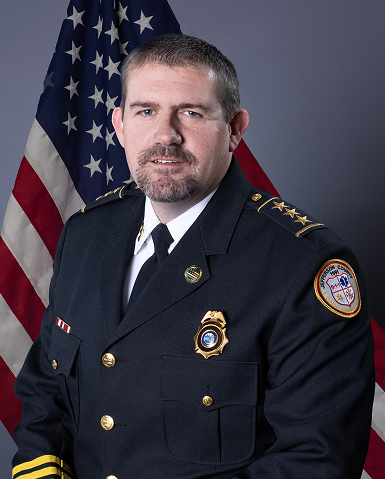
Brad Gass
Deputy Director-
Brad Gass has more than 20 years of experience in Emergency Communications and is an active member of the Tennessee Emergency Number Association (TENA), Tennessee Emergency Management Association, and Association of Public-Safety Communications Officials (APCO). He holds NENA’s center manager certification (CMCP), currently serves as the NENA co-chair for the National Joint TERT Initiative Committee (NJTI) and is the state coordinator for the Tennessee Telecommunicator Emergency Response Taskforce (TN-TERT).
-
A Jefferson County native, he is a lieutenant with the New Market Volunteer Fire Department, where he holds several fire service certifications. Mr. Gass serves as a constable in the 10th District of Jefferson County and as the public safety director for the Jefferson County Fair Board.
-
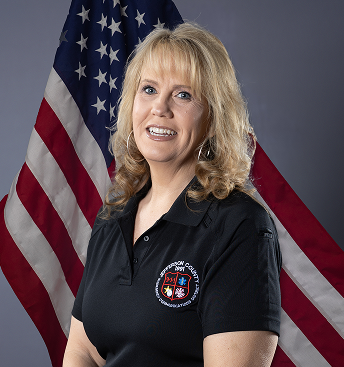
Melissa Murray
Executive AssistantMelissa Murray has more than 30 years of service with Jefferson County 9-1-1. She is the executive assistant to the director and terminal agency coordinator. Ms. Murray started as a dispatcher and served in several positions including shift supervisor, training coordinator, and quality assurance and operations manager. She holds her Center Manager Certification Program (CMCP) with the National Emergency Number Association, along with other certifications.
-
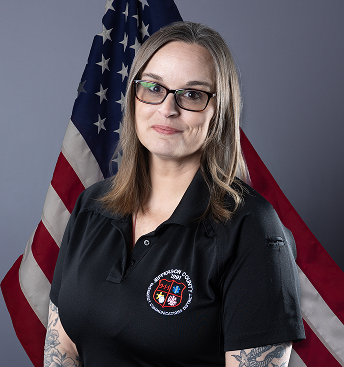
Shannah Etherton
Training ManagerShannah Etherton holds the Emergency Number Professional (ENP) and the Center Manager Certification Program (CMCP), the APCO Registered Public-Safety Leader (RPL) certification and an instructor certification with APCO. Etherton teaches the APCO PST1 dispatcher certification course to new hires and oversees the quality assurance program. She established a partnership with Jefferson County High School, where she teaches the APCO PST1 course under the Criminal Justice III program.
-

Denise Fair
GIS ManagerDenise Fair oversees the mapping and addressing operations of Jefferson County 9-1-1. She began her public service career in 2007 as a telecommunicator and held various roles, including shift supervisor, training officer, and community outreach committee representative. Ms. Fair holds a bachelor’s degree in government and speech communications from Liberty University.
-
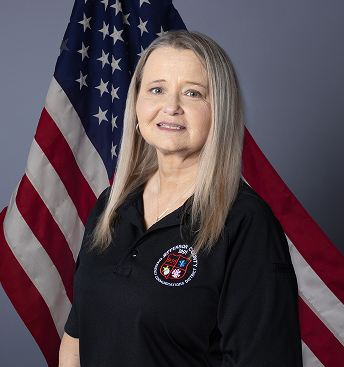
Jennifer Smith
Shift SupervisorJennifer Smith began her career with Jefferson County 9-1-1 in 2002. She has held several positions, such as communications training officer, senior dispatcher and currently serves as a day shift supervisor. Ms. Smith has completed the Center Manager Certification Program (CMCP) offered by the National Emergency Number Association.
-
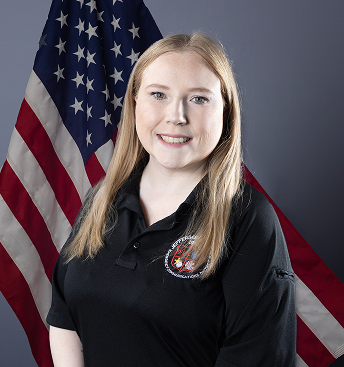
Jama Clark
Shift SupervisorJama Clark began in 2006 as an emergency medical technician with Jefferson County Emergency Medical Services. During this time, she started her dispatching career with the Knox County Emergency Communications District in 2010, where she dispatched for both the Knoxville Police and Knoxville Fire. In 2020 she “came back home" to Jefferson County.
-
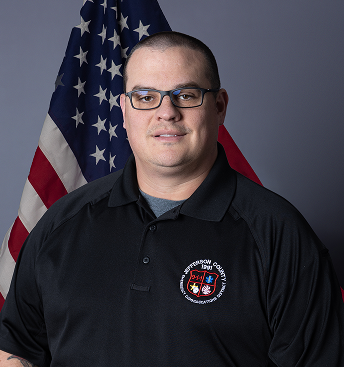
Nicholas Cummings
Shift SupervisorNicholas Cummings started in public safety more than 20 years ago. He began his career as a telecommunicator for Jefferson County 9-1-1 in 2012. As shift supervisor, he oversees the dispatch day shift operation. Cummings has completed the Center Manager Certification Program (CMCP) offered by the National Emergency Number Association.
-
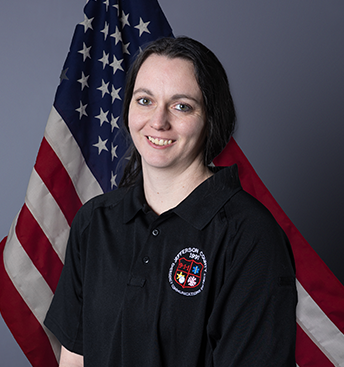
Shawni Dance
Shift SupervisorShawni Dance began her career with Jefferson County 911 in 2021 after serving several years with the Lincoln County Sheriff's Office in Wyoming. She serves as one of our night shift supervisors and is a certified training officer. She mentors new members of our team.
More About Training & Tech Access:
- All Shift supervisors and admin staff attend the NENA Center Managers Program (National Emergency Numbers Association).
- Staff receive 40 hours of continued education annually.
- Fire Station Alerting with US Digital is being implemented to help automate the dispatch process for Fire and EMS calls for service. The goal is to reduce the time it takes to dispatch and process calls.
- Prepared Live is used to process video and text calls.
- RapidSOS is used for accurate caller location.
- CCTV access to schools – where a direct feed comes into the 9-1-1 center so that communications officers can help direct public safety personnel in real time.
Board of Directors Agendas & Meeting Notes
History of 9-1-1

Before the simpler three-digit code, 9-1-1, United States citizens needed to dial local 7-digit phone numbers to reach police, fire, or emergency services.
The National Academy of Sciences published Accidental Death and Disability: The Neglected Disease of Modern Society, a landmark report in 1966 that highlighted how accidental death and injury, particularly from motor vehicle crashes, had become an epidemic in the U.S.
The report urged a series of steps to reduce these needless deaths and injuries, including exploring the “feasibility of designating a single, nationwide, telephone number to summon an ambulance.”
The first 9-1-1 call was placed in 1968. In 2018, the U.S. recognized 50 years of answered calls and lives saved. The 9-1-1 system has significantly advanced while also looking to the future of Next Generation 9-1-1 and improved emergency communication across the country and in many parts of the world.
Since its inception in 2004, the National 9-1-1 Program focuses on supporting state efforts to continually improve 9-1-1 services by creating resources and disseminating grant funding for 9-1-1 technology and operations.



